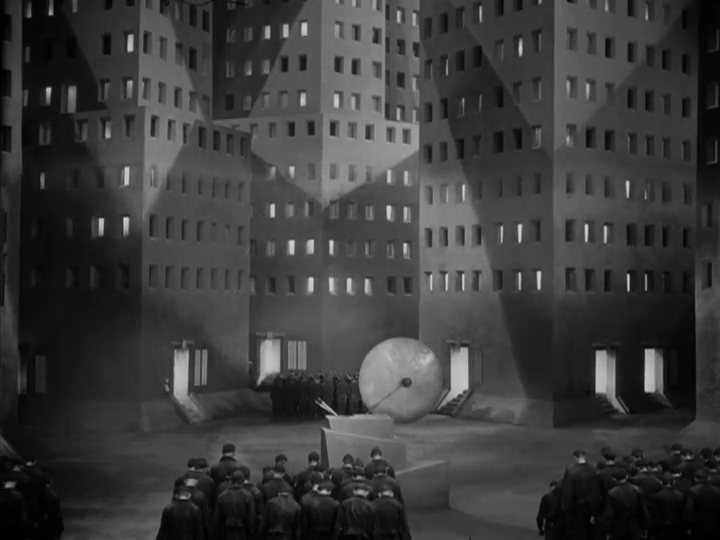I recently reflected on Deliveroo’s and Uber’s ghost kitchens which have appeared in various cities (read here and there) of the US and in London (read this article in the Guardian).
Those ghost kitchen make perfect economic sense : margins are thin in the restaurant industry, driven by high employees-related costs, rent, expensive equipment and variability in demand. Setting up a restaurant is a bet with a 5 to 20-year time horizon depending on myriad factors : your positioning, the location, and many exogenous factors out of your control. Eliminating all those risks seems like a logical move :
- how to make a restaurant less location-dependent ?
- how to adapt quickly to demand ?
- how to reduce fixed costs (renting and equipping a place) ?
The bright sides : 3 major advantages of ghost kitchens
The 3 major advantages of ghost kitchens are their answers to the 3 problems listed above :
- the restaurant is not location-dependant anymore. If there is an event likely to generate massive flow of potential customers, you can move
- ghost kitchens can adapt quickly to demand : the standardized kitchen unit just has to be multipled, which is not possible with street food vans unless you own several of them (which brings us to the 3rd advantage).
- ghost kitchens, because they are rented from online platforms like Uber Eats and Deliveroo, transfom fixed costs into variable ones. This is great to test your idea and is a cheap way to do market research and test traction on a market.
The dark sides of Uber’s and Deliveroo’s ghost kitchens
1. Why would one still rent a place to operate a restaurant ?
Good question indeed. If all hurdles and risks of operating a brick-and-mortar restaurant can be removed, why would you still want to rent a place (fixed costs), buy the equipment (fixed costs), hire employees (fixed costs) and wait on patrons to come in (variable revenues) ? If a platform like Uber or Deliveroo can provide you with customers’ orders, the need to have a brick-and-mortar place would vanish.
But if every single restaurant owner adopts that posture, how will city centers look like on the long run ?
2. Dependence towards platforms
What happened with the hospitality sector may well happen on the middle-term in the restaurant industry too. Uber eats, Deliveroo have disrupted the way we consume food. This is a new societal change that is most to be felt in Europe (urban Americans use already to get food delivered to their homes, most restaurants in US cities proposing at home delivery) : it has become easier than ever to get food delivered at home.
If enough restaurant owners make a significant percentage of their revenues through those platforms, they will eventually become dependent on them and will struggle like hotels are now struggling with Booking.com. Using platforms is a wise strategy to grow revenues but it can also become a very dangerous one if your dependence to them increases.
3. Work conditions
Here’s how Sarah Butler describes Deliveroo’s ghost kitchens in the Guardian :
“The boxes have no windows and many of the chefs work with the doors open, through which they can be seen stirring huge pans or flipping burgers. Outside there are piles of spare equipment, mops in buckets, gas cylinders for the stoves and large cans of cooking oil.”
This very much reminds me of the movie Metropolis (1927) where underground workers were operating the machinery of the city above them. Without this hidden work-class, the inhabitants of the city wouldn’t get what they need. Isn’t there a risk hence of Uber and Deliveroo contributing a hidden work-class serving the impulsive needs of consumers in search of low cost pleasures ? In an article published in 2017 I already expressed my concerns towards a the societal impact of Uber, Deliveroo and the like.
Images : shutterstock et screenshot from movie Metropolis (1927)
Posted in Marketing, Strategy.
